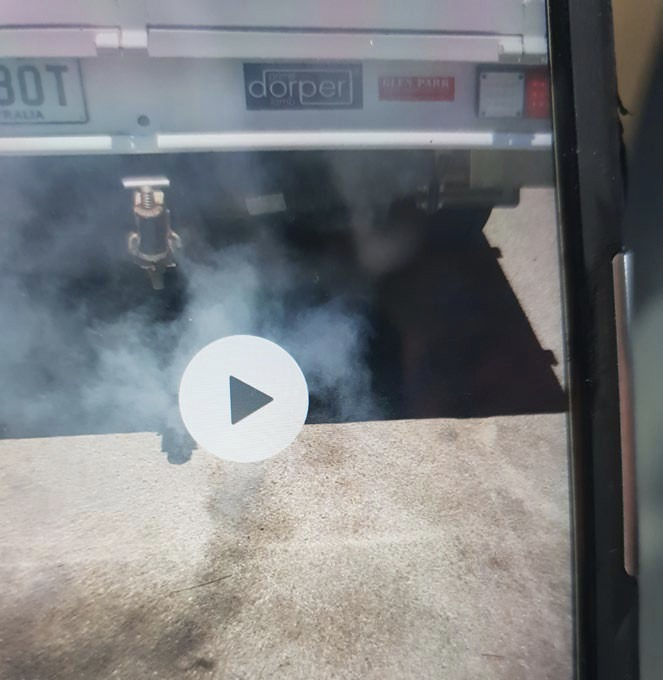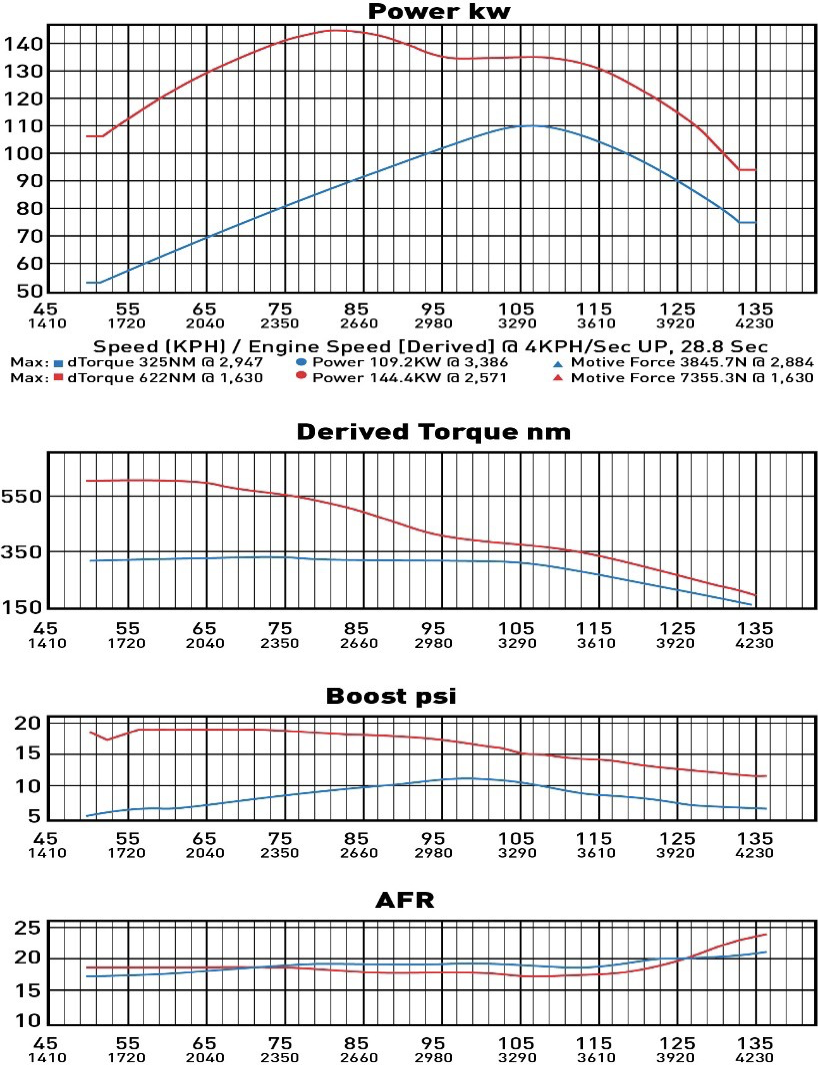Part 4 - LEARNING TO LOVE YOUR COMMON RAIL DIESEL - DPF - Diesel Particulate Filter
- locked2go
- Feb 5, 2021
- 3 min read
Updated: Mar 27, 2021
DPF - Diesel Particulate Filter
DPF is standard on all Euro5 spec vehicles, in Australia all diesels from October 2016-on. They are also fitted to some models before this period, usually in combination with automatic transmissions – eg Pajero 2008-2010 Auto, Navara D40 Auto,
Pathfinder R51 Auto, plus others.
The DPF device is fitted in the exhaust, typically directly after the turbocharger. Fig 6
It captures diesel exhaust particulates or soot from the exhaust, and modifies them into harmless products in a burn-out process called regeneration.
DPF’s have pressure and temperature sensors at both ends of the filter, and by monitoring the differences between these sensors the ECU manages regeneration.
There are 3 styles of Regeneration: Passive, Active, Forced.
The volume of particulates generated and captured varies tremendously, and is dependent on such conditions as; engine load, throttle position relative to gear selected, fuel quality, EGR operation, injector condition, engine condition and tune, appropriateness of engine oil used and condition, to mention a few.
Fig 6 New DPF and a blocked DPF. There are 3 styles of Regeneration: Passive, Active, Forced.

Passive Regeneration occurs when the engine temperature is at least 500C for at least an hour. In this circumstance, the particles are converted to CO2 and very small amounts of fine ash which remain trapped in the DPF. On shorter trips, or at lower temperatures, or start/stop driving, the DPF will accumulate the ‘blocking’ particulates without doing a regeneration. Eventually, a regeneration will be required. Fig 7
Active Regeneration
This occurs when the ECU actively lifts the combustion temperature to do the burn-out. Manufacturers have different methods of doing this, but they are based on increasing combustion temperatures ie having 1 or more injectors stay open longer to create a higher combustion temperature – hence higher exhaust temperature, or having an injector open when the exhaust valve is open so that raw fuel enters the exhaust creating extra heat, or the ECU may change timing or have an extra injector that is only used for regeneration purposes.
Often the driver is only aware of the active regeneration when excessive smoke is seen from the exhaust. It’s not for long, maybe only 15 minutes.
If the process is interrupted, ie by turning off the engine, slowing down, idling for a period, the ECU will attempt to re-engage the regeneration on several occasions. If it is unsuccessful, the warning light will illuminate.
The vehicle will then need to be driven to achieve a passive regeneration or move to a manual regeneration.
Otherwise, there is danger of going into a ‘hard limp mode’.
Once in a ‘hard limp mode’, a high-end scan tool will be required to reset the ECU. Taking the negative terminal off the battery for a few minutes will work on a ‘soft limp mode’ setting, but not on the ‘hard’.
‘Hard limp’ mode is typically 25km/hr top speed, possibly trapped in 1 gear. Not very convenient!

Forced Regeneration
Forced or manual regenerations are performed by a switch on the dash of some models, ie 70 Series Landcruiser, or at a specialised workshop. A high-end Scan Tool will be needed to interrogate the ECU and Request a Regeneration.
If this is not successful, a new DPF may need to be fitted, cost range from $2000 to $8000 plus fitting.
Even with fitting a new DPF, the ECU needs to be ‘told’ this is the case, otherwise it will continue pursuing the regeneration options!
An alternative is to remove one of the sensors from the DPF and spray a chemical cleaner directly into the DPF, in the hope this unblocks the exhaust enough to either drive it into a Passive Regeneration or Force a Manual Regeneration.
Fig7
You are probably thinking this is all very troublesome, but these are the negative aspects of the late model CRD engine.
Pumping raw fuel into the exhaust, lifting combustion temperatures so high, it is hard to believe these actions bring longevity to an engine or its surrounding components. Fig7 Remember, it’s ALL about emissions. For 5 years.
Hence, ECU Re-Mapping is often chosen as a way of eliminating the whole DPF set of issues forever, along with a substantial increase in torque, power and fuel economy.
Another option is to remove the DPF, but this may not comply with emission standards for on-road use.
See section 10 for more detail or ask LTG 4X4 for a specific price for your application.
Thank you for reading the fourth installment of "Learning to love your common rail diesel" for the next installment on Auxillary Fuel Filters please visit www.ltg4x4.com.au/blog
Cheers,
Tom LTG 4x4
_Page_1_edi.png)



Comments